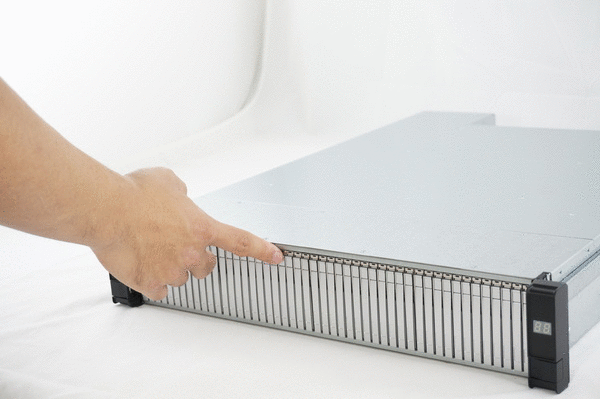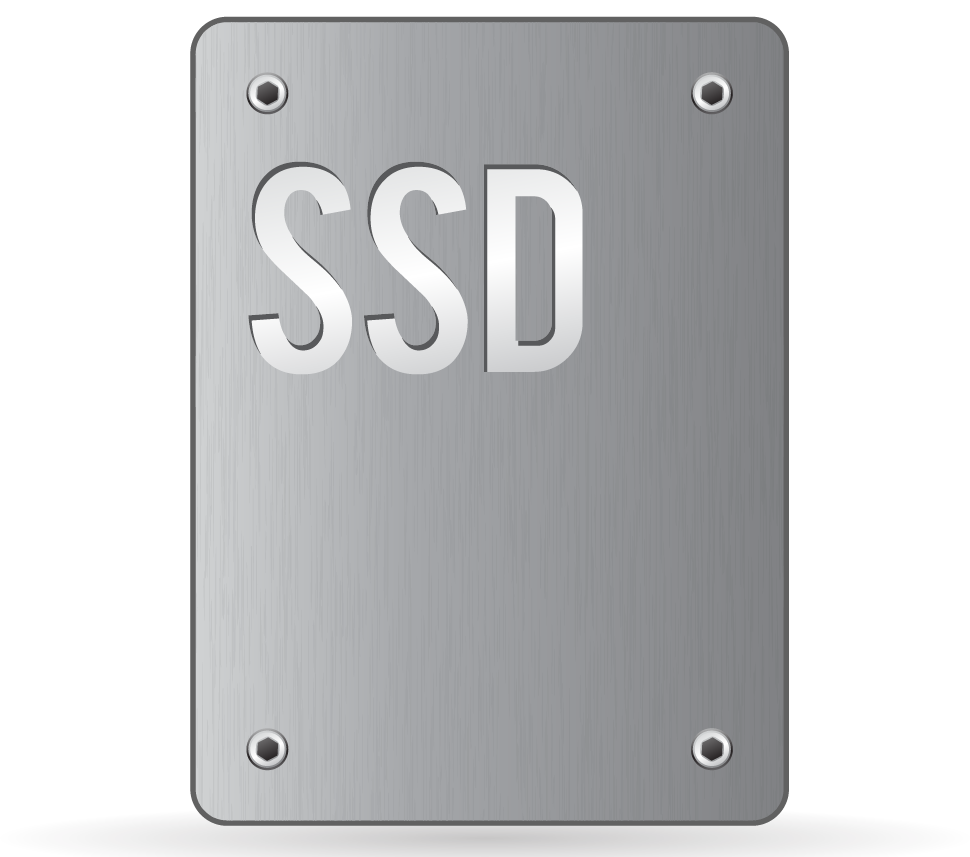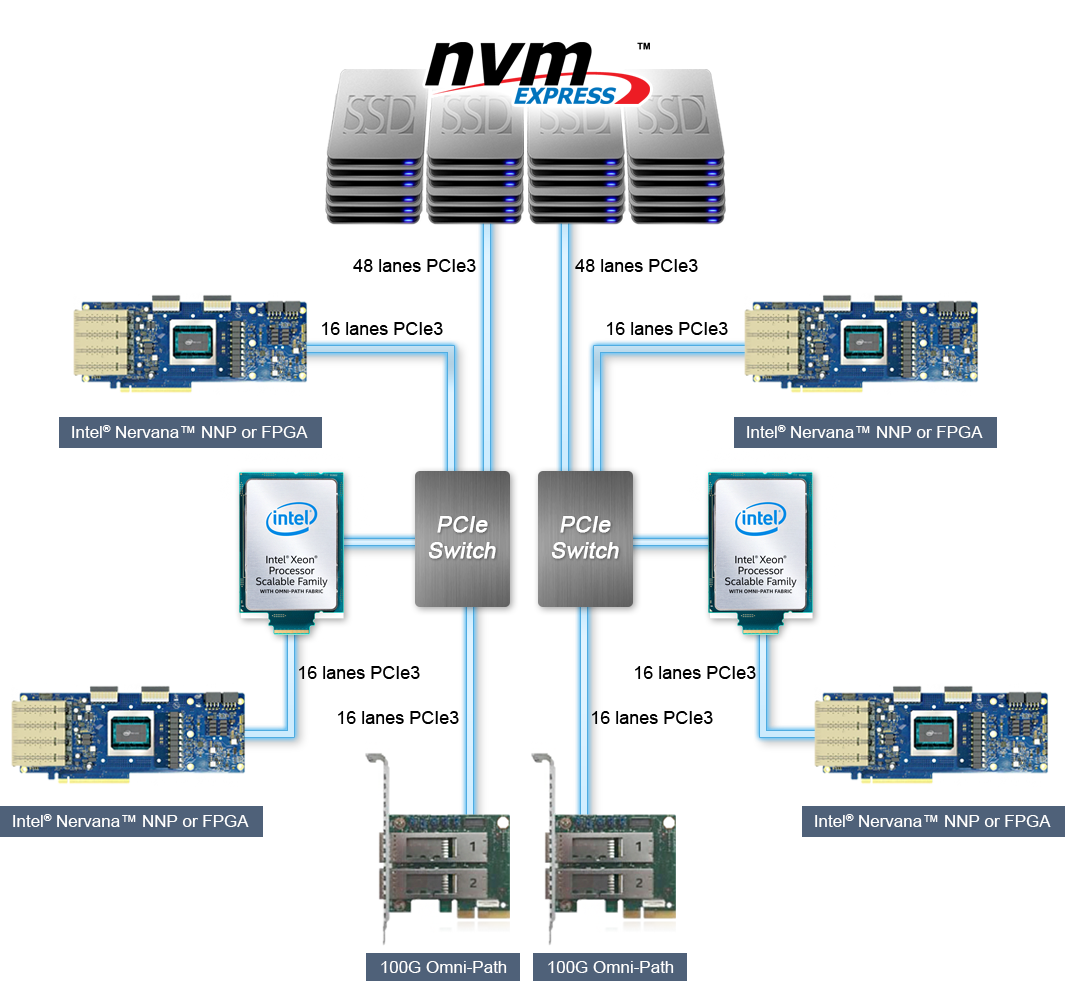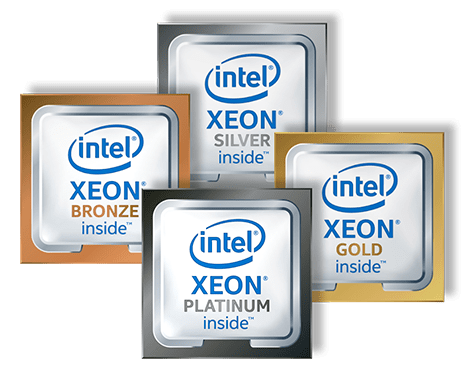FlacheStreams Products: Intel® Xeon® Scalable Processor
FlacheStreams with Intel Xeon Scalable Processor
High Performance Solid State Drive Servers
FlacheStreams Flash Storage Servers provides the fastest and highest density rackmount servers available on the market today.
Each model was designed to provide uncompromising performance and immediate “fast-cache” access of data to help accelerate demanding enterprise workloads
Benchmarking up to an impressive 60GB/s (480Gbps) of sustained read throughput and up to 15 million IOPS
Data is available faster than ever at an incredible speed, no matter how large or complex the workload

Solid State Drive Servers
The FlacheStreams form factor ranges from rack mountable 1U/ 2U designs and features the latest in solid disk drive (SSD) technology with interface protocol options in: SATA, SAS, and even NVMe. The versatile FlacheStreams line has scalable SSD drive bay options ranging from 20 bay, 48 bay, and even PCIe x4 NVMe Add-in cards. In addition to 3DNAND supported flash technology, Premio’s flash storage servers also support the latest processor innovations from Intel® Xeon® Scalable Processors.
- Up to 28 high-performance cores, six memory channels, and 48 lanes of PCIe* 3.0
- Integrated Intel Omni-Path Architecture Host Fabric Interface
- Up to three Intel UPI channels
- Intel Advanced Vector Extensions 512
- Support for Intel® Optane™ SSDs and Intel® 3D NAND SSDs
- Enhanced Intel® Run Sure Technology
Patented High Performance And Density Design
When it comes to speed for server, flash storage technology will be the first one to come in mind. Flash storage allowed data information to be stored and retained onto the flash silicon chips even when the power is off. Often misidentified as being identical to Solid State Drives (SSD), flash technology is a storage medium while SSD is a storage device. Currently, nearly all SSDs utilize NAND flash technology as their medium but this wasn’t always the case and may not be in the following future. However, as it stands, flash based SSDs have brought a transformational shift in data storage and how data centers operate with significantly accelerated performance, higher density capacity, and increasing cost efficiencies.
Utilizing the performance increase of flash storage technology, balanced architecture and a patented design, FlashStreams achieves above industry standards with benchmark performance up to an impressive 60GBs (40Gbps) of sustained read throughput and up to 15 million IOPS.
FlashStreams has a unique, patented design that features high density option. With a single press, users can easily remove the bay for installation. Ranging from 20 bays to 52 bays to scale with the SSD storage, these bays are hot swappable 2.5” – 7mm SATA SSD or HDD bays. The system is also designed for low acoustic noise and induced vibrations for greater reliability.

SATA, SAS3, NVME Technology
FlashStreams is compatible with SATA, 12G SAS, and even high performance NVMe protocol. SATA III has a native transfer rate up to 6 Gbit/s, compatible with SAS 6 Gbit/s. 12Gbit/s SAS, essentially doubles the performance of existing SATA III solution. NVMe, using the PCIe to replace the serial bus. Each lane of PCIe can handle nearly 1Gb/s, with 16 Gb/s in a in a 16 lanes configuration. This can scale indefinitely based on the PCIe lanes support by the processor. Not only NVMes is much faster, NVMe also supports more commands to efficiently parse and manipulate data.



Balanced Architecture
All the speed number looks impressive on NVMe. However, without a balanced architecture, the speed will be traumatically reduced. Data in storage communicates between network protocols to CPU, GPU, Encryption Cards, FPGA. To maximize performance, all FlashStreams and EchoStreams products are designed with symmetry in mind. . For example, out of 48 PCIe lanes available in the Xeon chip, not all lanes would be used to connect to the NVMe SSD. 48 GBits/ is not feasible with a 12Gb/s host bus adapter. With dual processors, 32 lanes will be used. When data from multiple SSD are sent simultaneously to the CPU, the traffic may get jammed. I.E., a typical speed of NVMe SSD is 1000mb/s. With 12 drives running, creating many I/O requests at the same times, the traffic speed is almost equal to the 12 Gb/s adapter. This will create data jam and waste of resource. Out of 48 lanes, 4 PCIe lanes are reserved in the host to relieve the traffic.











